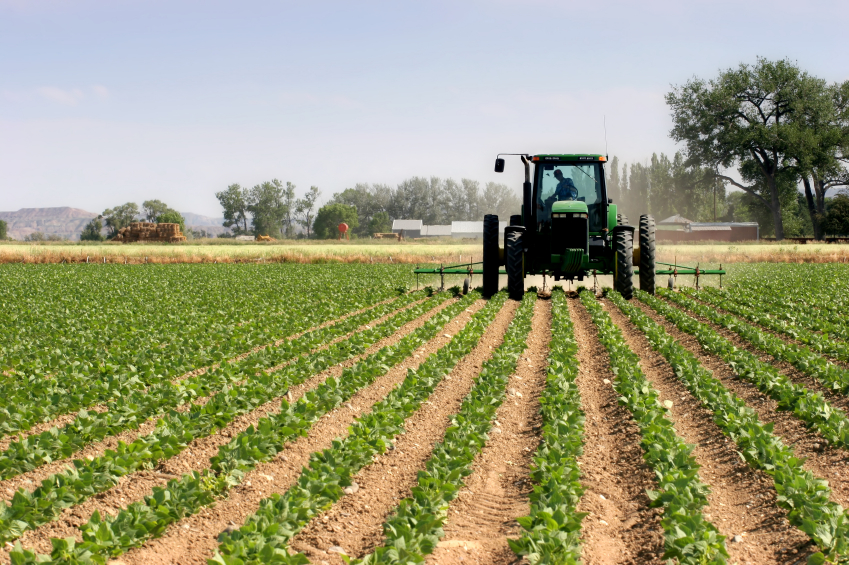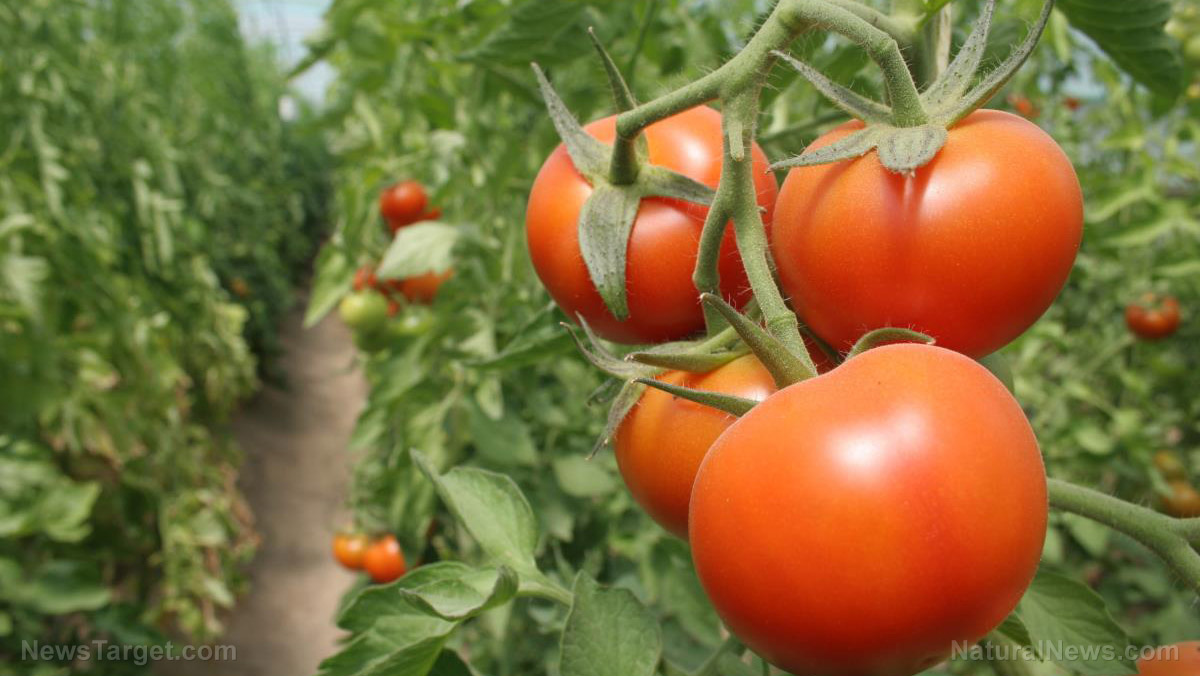Nitrogen use in global agriculture varies widely, affecting the food supply
03/31/2018 / By Ralph Flores / Comments
Views

Advertisement
An article in the journal Nutrient Cycling in Agroecosystems discussed the efficient use of nitrogen in agricultural production systems. The authors used selected papers from the 19th Nitrogen Workshop held in Sweden in 2016.
- Nitrogen is an essential input in crop production, and its economic significance has been established for over a century.
- There are two main challenges with the use of nitrogen to fertilize agricultural lands. In excessive amounts, nitrogen can be detrimental to the environment, but limiting its use adversely affects crop yield and may result in insufficient food supplies.
- In the article, the authors suggested that addressing the challenges posed by nitrogen management will not only improve crop yield but also lead to a reduction in losses to the environment.
- A method proffered by the scientists is the use of accurate fertilizer requirements for each field. According to scientific literature, soil and weather can be used as parameters to determine the level of nitrogen needed.
- The authors, however, noted that aside from being labor-intensive, the process is not economically viable. Another challenge posed by the method is the difference in nitrogen requirements for organic fields. Most mineral nitrogen fertilizers may be overestimated for organic amendments and may lead to negative environmental impacts.
- In the conference, scientists have developed rules for nitrogen fertilization using the Azodyn model, which can potentially address both challenges raised.
- Another thing considered in the workshop is nitrous oxide (N2O) emissions from fields. While commonly identified processes include denitrification and nitrification, recent studies have pointed to microbes as another factor in N2O production.
With the information shared by scientists, the authors believe that this will prove useful in developing better and more efficient uses of nitrogen.
Find the full text of the study at this link.
Journal Reference:
Rütting T, Aronsson H, Delin S. EFFICIENT USE OF NITROGEN IN AGRICULTURE. Nutrient Cycling in Agroecosystems. 2018; 110(1); DOI: 10.1007/s10705-017-9900-8
Tagged Under:
agricultural land, Azodyn model, crop production, crop yield, denitrification, food security, food supply, global agriculture, insufficient food supplies, mineral nitrogen fertilizer, N2O, N2O production, nitrification, Nitrogen, nitrogen fertilization, nitrogen use, Nitrous oxide, organic amendments, organic field
100% Fresh Food News, Right at Your Fingertips!
Find out everything you need to know about clean and healthy eating when you sign up for our FREE email newsletter. Receive the latest news on all the top superfoods, recipes, natural remedies, diets, food tips, and more!
Your privacy is protected. Subscription confirmation required.
Related Articles
Advertisements







